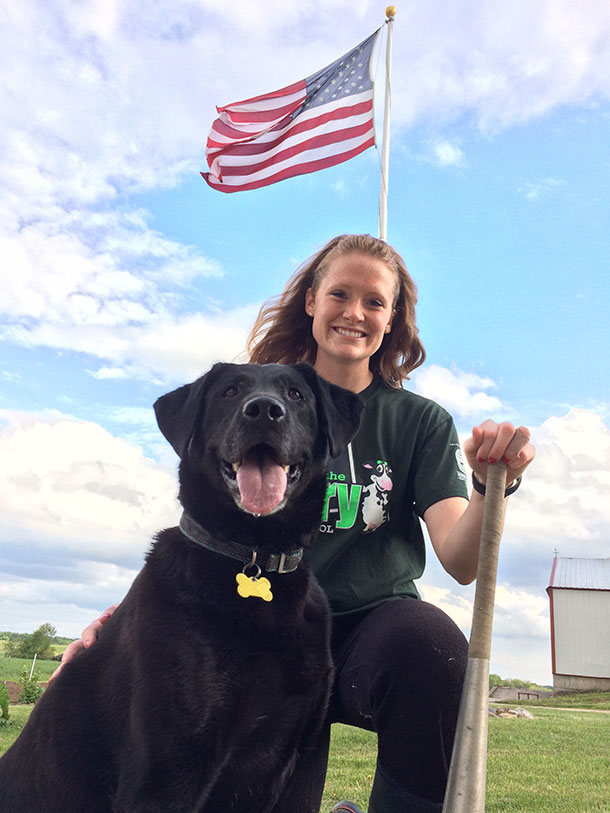Social media is like a difficult curve ball that even the best baseball player struggles to hit. It requires practice, willpower and a little luck to be an all-star. The average teen is spending up to nine hours a day on social media. It is more critical now than ever to be active on social media platforms.
Whether you are a beginner or whiz at social media, it is important to play by some basic ground rules. Follow these guidelines to prevent falling down the dreaded slippery slope of social media.

The “don’ts”
• Don’t feed the naysayers. This is exactly what they want you to do. When we interact with them on social media, it only extends their reach.
• Don’t be negative. We all experience long days at our job, on the farm or within our family. It is important to keep the negativity offline.
• Don’t overdo it. It is important to be vocal on social media, but overdoing it will turn your posts into white noise. Sticking to one post a day is acceptable.
• Don’t share too much information. Transparency is very important in agriculture communication, but there still is a line. Keep it simple because the majority of your audience knows very little about your everyday tasks.
• Don’t forget to proofread. The grammar police are on the loose in the social media world. Finding grammatical errors before posts go public helps ensure your credibility on the topic.
The “dos”
• Create a company social media profile to promote agriculture. The more positive voices for agriculture the better. We will continue to be outnumbered. Keep in mind that social media gives us the ability to reach billions of people that are active users.
• Engage agriculture advocates. If you enjoy their post, photos or videos, like and share it! This helps boost their social media account and extend their reach.
• Be consistent. Figure out the time your followers are the most active. Facebook and Instagram provide this information under the insights tab.
• Adjust your privacy settings. Check your privacy settings on your personal and company profiles to make sure you are reaching the target audience. You can also review posts, tags and who can view certain items. Remember to occasionally check your settings to see what changes have been made.
• Keep company and personal profiles separate. Keep your personal views off the company pages to make sure your audience only receives the company or farm’s perspective and vision as a whole.
• Use visuals. Using photos and videos is necessary on social media. Be sure to double and triple check the content to ensure nothing is taken out of context.
When social media gets challenging, don’t strike out and become a victim of the slippery slope. It is worth your time and investment to engage customers. Our actions on social media benefit and support the agriculture community. Thank you for your continued efforts to be a social media all-star. ![]()
The Dairy Strong Bloggers series is brought to you on behalf of the Dairy Strong Conference, Jan. 17-18, 2018, in Madison, Wisconsin. This event focuses on cutting-edge technology, cultural trends and the future of the dairy community. Learn more and register at the Dairy Strong website.

-
Joanna Wavrunek
- Social Media Specialist
- Dairy Business Association
PHOTO: Joanna Wavrunek knows how to hit a home run on social media. Photo provided by Joanna Wavrunek.




